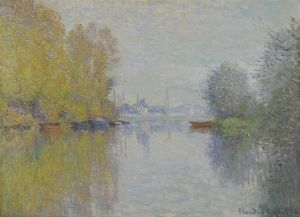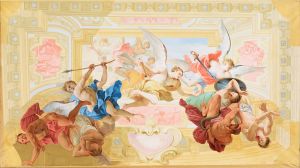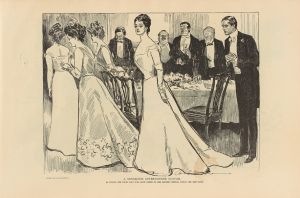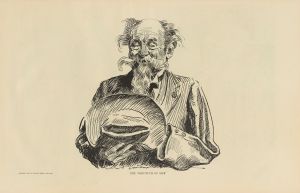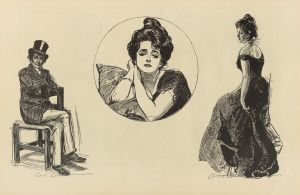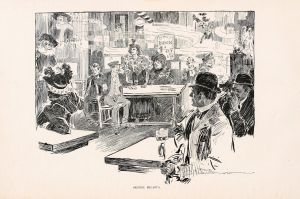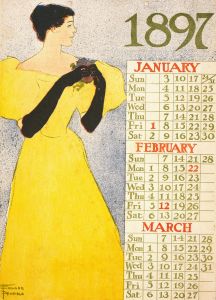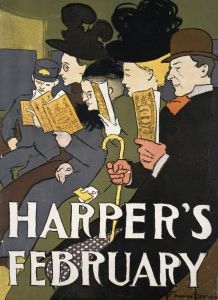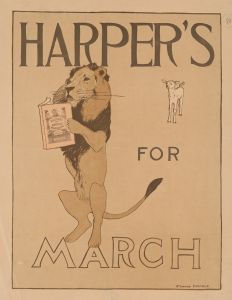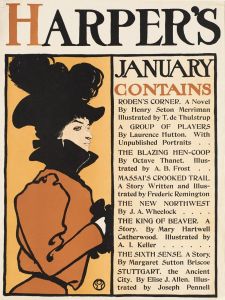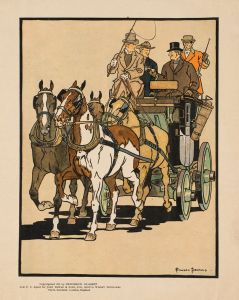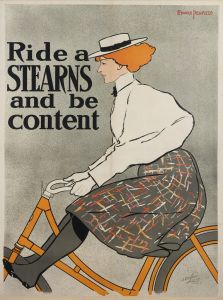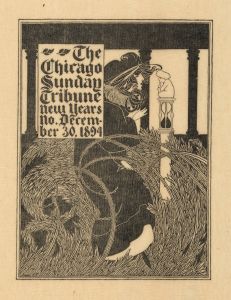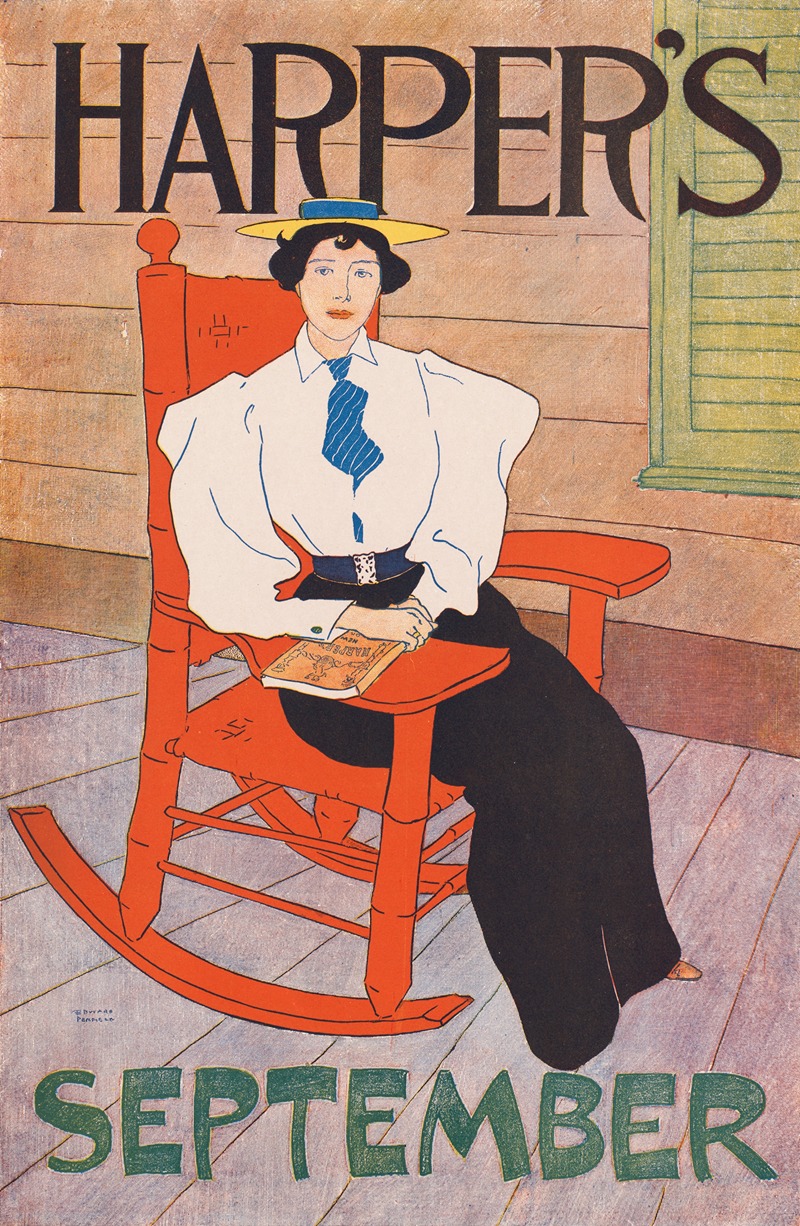
Harper’s September
A hand-painted replica of Edward Penfield’s masterpiece Harper’s September, meticulously crafted by professional artists to capture the true essence of the original. Each piece is created with museum-quality canvas and rare mineral pigments, carefully painted by experienced artists with delicate brushstrokes and rich, layered colors to perfectly recreate the texture of the original artwork. Unlike machine-printed reproductions, this hand-painted version brings the painting to life, infused with the artist’s emotions and skill in every stroke. Whether for personal collection or home decoration, it instantly elevates the artistic atmosphere of any space.
Edward Penfield's "Harper’s September" is a notable work created in 1895 as part of a series of cover illustrations for Harper’s Magazine. Penfield, often regarded as one of the fathers of American poster art, was the art director for Harper’s during the 1890s and played a significant role in shaping the visual identity of the publication during this period. His work is closely associated with the American Art Nouveau movement, which emphasized decorative, flowing lines and a focus on design.
"Harper’s September" was designed as a promotional cover for the magazine's September issue. The illustration features a woman dressed in late 19th-century attire, holding a copy of Harper’s Magazine. She is depicted in a natural outdoor setting, surrounded by autumnal tones that evoke the season of September. The composition is simple yet striking, with a focus on bold outlines and flat areas of color, which were hallmarks of Penfield's style. This approach was influenced by European poster art, particularly the works of French artists like Jules Chéret and Henri de Toulouse-Lautrec, but Penfield adapted these techniques to suit American tastes and sensibilities.
Penfield's covers for Harper’s Magazine were not only visually appealing but also served as effective marketing tools. They were designed to catch the eye of potential readers and convey a sense of sophistication and modernity. His work helped elevate the status of magazine illustration and demonstrated the potential of graphic design as a form of artistic expression.
"Harper’s September" is an example of how Penfield combined practicality with artistry. The image communicates the seasonal theme of the issue while also reflecting the cultural and aesthetic trends of the time. Penfield's ability to merge art and commerce made him a pioneer in the field of graphic design, and his work continues to be studied and admired for its historical and artistic significance.
Today, "Harper’s September" and other works by Edward Penfield are celebrated as important contributions to the history of American illustration and design. They are frequently included in exhibitions and collections that explore the development of graphic art in the late 19th and early 20th centuries.





